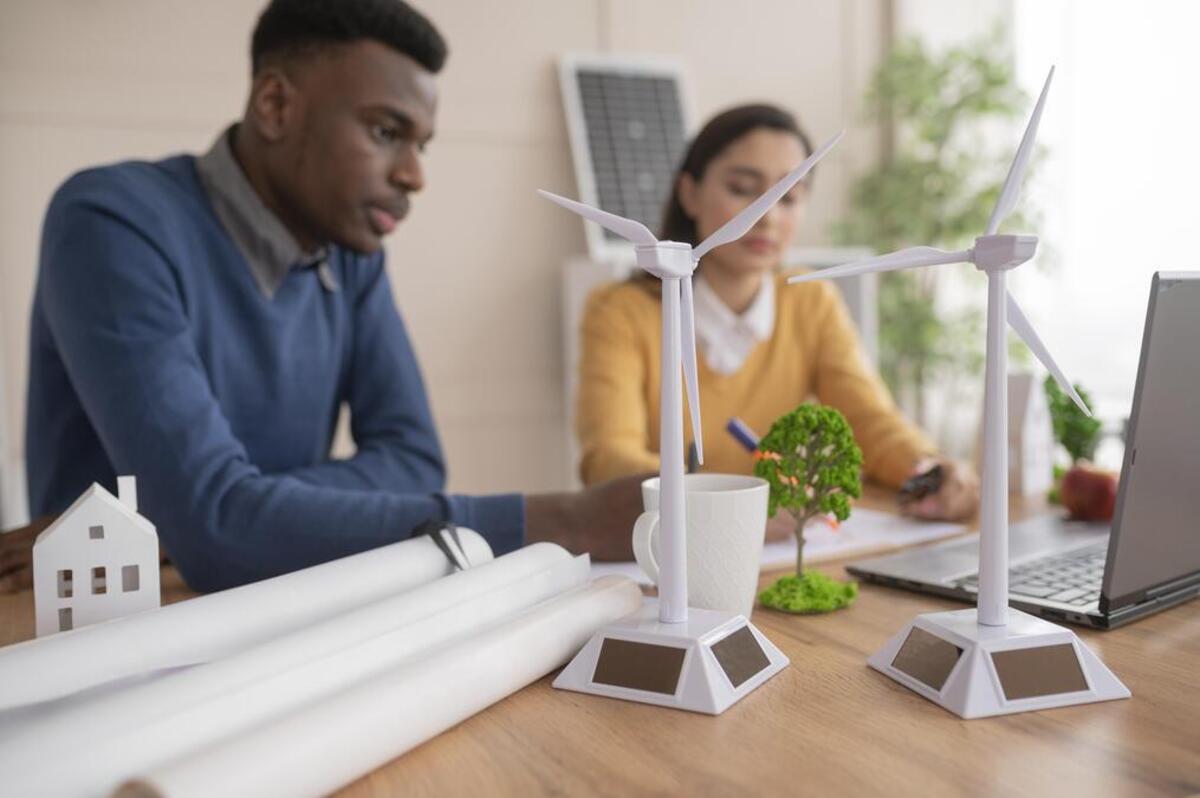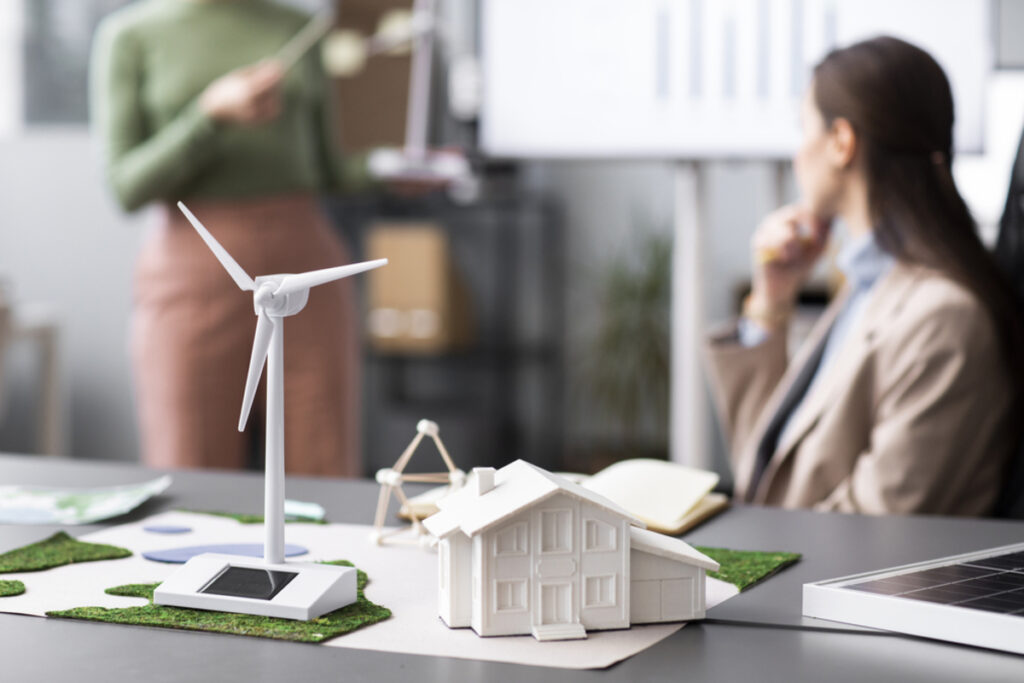In today’s rapidly urbanizing world, the construction industry stands as a pivotal player facing unprecedented challenges and opportunities. According to the United Nations, buildings and construction account for 36% of global final energy use and nearly 40% of energy-related CO2 emissions, underscoring the urgent need for sustainable practices. Embracing technological innovations such as Building Information Modeling (BIM), Internet of Things (IoT), and renewable energy solutions is not just a choice but a necessity to mitigate environmental impact and enhance operational efficiency.
These innovations promise to revolutionize traditional construction methods by optimizing resource utilization, reducing waste, and improving building performance. As the demand for infrastructure grows, integrating these advancements into construction practices not only addresses environmental concerns but also drives economic growth and supports global environmental sustainability in smart construction solution.
Table of Contents
Overview of Smart Construction Solutions
Smart construction solutions integrate advanced technologies such as Internet of Things (IoT), artificial intelligence (AI), and digital platforms to optimize efficiency, safety, and sustainability in the construction industry. These solutions leverage real-time data analytics to streamline project management, improve resource allocation, and minimize environmental impact.
Key components include sensor-equipped equipment and structures that monitor performance metrics like energy consumption and structural integrity. Prefabrication and modular construction methods reduce material waste and construction time, while renewable materials and energy-efficient designs promote environmental sustainability in smart construction solution.
By enhancing communication and coordination among stakeholders, smart construction solutions foster collaborative decision-making and ensure adherence to regulatory standards. Ultimately, these innovations aim to transform traditional construction practices, making them more responsive, adaptive, and environmentally responsible in meeting the challenges of urbanization and infrastructure development.
Suggested article to read: Importance of Energy Efficiency in Buildings | Building Energy Optimization; Comprehensive Guide 2025

Benefits of Environmental Sustainability in Smart Construction Solution
Environmental sustainability in smart construction solution offers numerous benefits that extend beyond just reducing environmental impact. Some key advantages include:
- Cost Savings: Implementing sustainable practices often leads to reduced operating costs over the lifecycle of a building through energy efficiency, water conservation, and waste reduction.
- Enhanced Public Image: Projects that prioritize sustainability can enhance brand reputation and attract environmentally conscious clients, investors, and tenants.
- Regulatory Compliance: Adhering to environmental regulations and certifications (e.g., LEED certification) ensures legal compliance and may qualify for tax incentives or subsidies.
- Improved Health and Well-being: Green buildings often provide better indoor air quality, natural lighting, and thermal comfort, contributing to occupant health and productivity.
- Resource Efficiency: Sustainable construction reduces resource consumption by optimizing material use, recycling materials, and promoting the use of renewable resources.
- Resilience to Climate Change: Sustainable buildings are better equipped to withstand and adapt to climate change impacts, reducing operational disruptions and maintenance costs.
- Long-Term Value: Sustainable buildings typically have higher property values and lower vacancy rates, offering long-term financial benefits to owners and investors.
- Innovation and Market Differentiation: Embracing sustainability encourages innovation in construction techniques and materials, giving companies a competitive edge in the market.
- Community Benefits: Sustainable construction projects can contribute positively to the local community by reducing pollution, conserving resources, and enhancing overall quality of life.
- Global Impact: By reducing carbon emissions and environmental footprint, sustainable construction plays a crucial role in global efforts to mitigate climate change and preserve natural resources for future generations.
Overall, integrating environmental sustainability in smart construction solution not only addresses current environmental challenges but also generates economic, social, and environmental benefits that contribute to a more sustainable and resilient built environment.
Suggested article to read: Top 7 Cost Saving Technologies in Construction | How to Reduce Construction Cost

Technological Innovations Driving Sustainability
Technological innovations are driving sustainability in construction by revolutionizing traditional practices and introducing new approaches to enhance efficiency, reduce environmental impact, and promote long-term environmental sustainability in smart construction solution. Key innovations include:
- Building Information Modeling (BIM): BIM integrates 3D modeling with data-rich information to optimize building design, construction, and operation. It enables better collaboration, visualization, and analysis, leading to improved resource efficiency and reduced waste.
- Prefabrication and Modular Construction: Prefabrication involves manufacturing building components off-site, allowing for faster assembly and reduced material waste on-site. Modular construction further enhances efficiency by assembling standardized modules into larger structures, promoting resource efficiency and cost savings.
- Energy-Efficient Technologies: Technologies such as smart HVAC systems, LED lighting, and advanced insulation materials improve energy performance in buildings. Renewable energy sources like solar panels and wind turbines further reduce reliance on fossil fuels and lower carbon footprints.
- IoT and Smart Sensors: Internet of Things (IoT) devices and smart sensors monitor building performance in real-time, optimizing energy use, occupancy levels, and maintenance schedules. This data-driven approach enhances operational efficiency and reduces environmental impact.
- Green Materials and Sustainable Construction Techniques: Innovations in sustainable materials, such as recycled materials, bio-based materials, and low-impact alternatives, promote resource conservation and reduce embodied carbon in construction.
- Water Management Systems: Advanced water-saving technologies like greywater recycling systems, rainwater harvesting, and efficient irrigation systems minimize water consumption and reduce strain on local water resources.
- Digital Twins: Digital twins create virtual replicas of physical buildings or infrastructure, enabling simulation, monitoring, and predictive maintenance. They optimize performance throughout the building lifecycle, improving sustainability and operational efficiency.
- Blockchain in Construction for Transparency: Blockchain technology ensures transparency and traceability in supply chains, verifying sustainable sourcing of materials and promoting ethical practices in construction.
- Augmented Reality (AR) and Virtual Reality (VR): AR and VR technologies facilitate immersive design visualization, training simulations, and on-site construction monitoring, improving accuracy, efficiency, and safety while reducing errors and material waste.
- Circular Economy in Construction: Embracing circular economy principles, such as recycling, refurbishment, and reuse of materials and components, minimizes waste generation and extends the lifecycle of buildings and infrastructure.
These technological innovations are transforming the construction industry, making it more sustainable, efficient, and resilient in addressing environmental challenges and meeting future needs.
Conclusion
Technological innovations are propelling the construction industry towards a more sustainable future by enhancing efficiency, reducing environmental impact, and promoting resilience. From advanced Building Information Modeling (BIM) to IoT-driven smart sensors and renewable energy solutions, these innovations optimize resource use and operational performance.
Prefabrication and modular construction methods minimize waste, while green materials and circular economy practices further mitigate environmental footprint. Embracing these technologies not only meets regulatory standards and enhances building performance but also improves health, boosts property value, and fosters innovation.
As construction continues to evolve, integrating these sustainable practices not only benefits stakeholders economically but also contributes significantly to global environmental efforts, ensuring a more sustainable and resilient built environment for future generations.
Suggested article for reading:
What is Work Breakdown Structure (WBS) in Project Management & How to Create one? (2025)
What is Financial Management in Construction; Comprehensive Guide 2025
Resources:
Plan Radar | BIM&CO | MDPI | ScienceDirect.com
For all the pictures: Freepik




